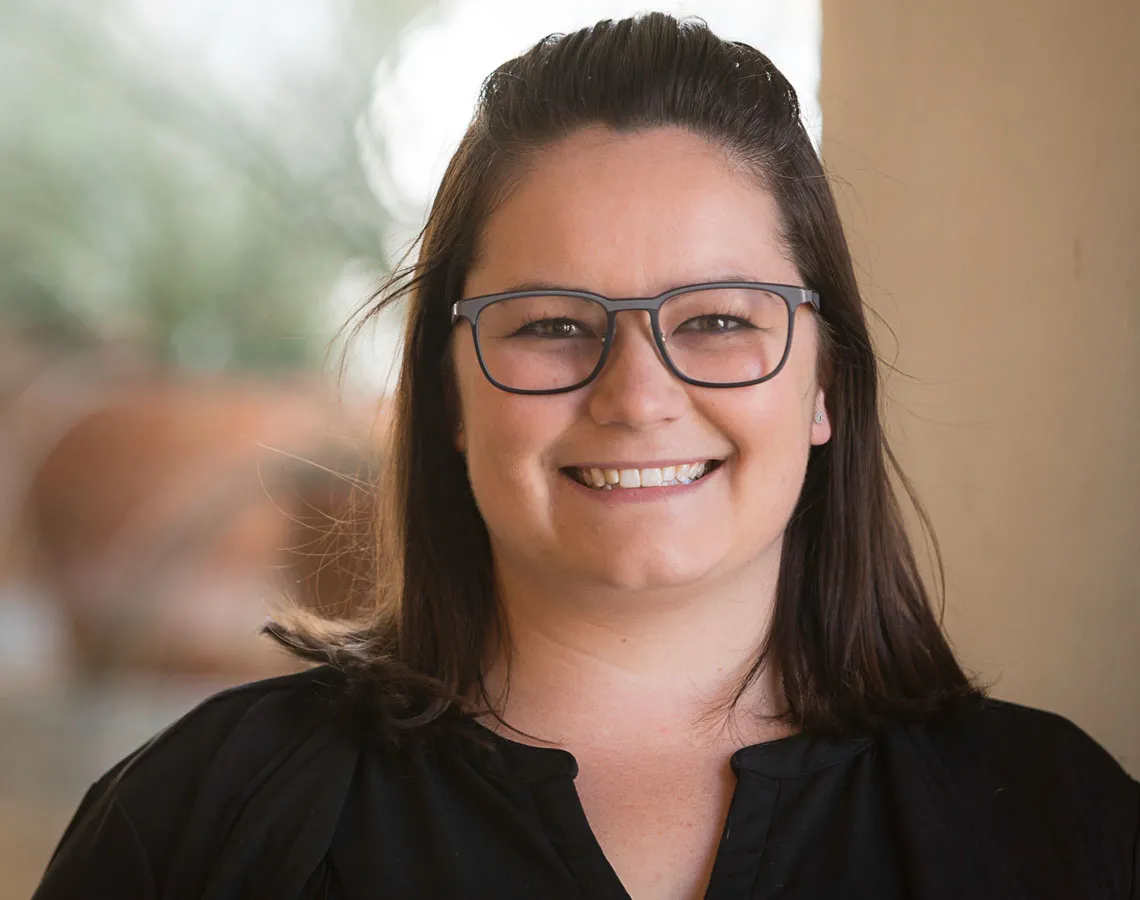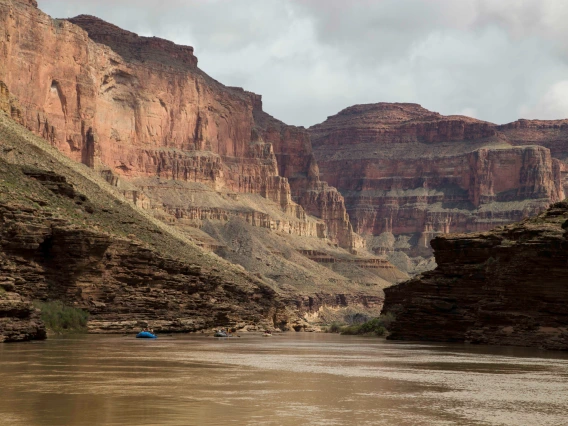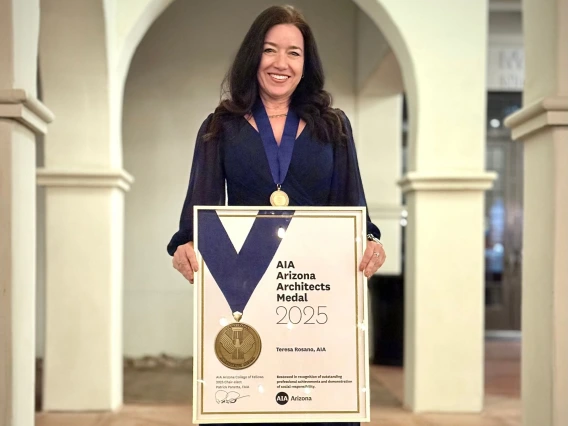The Perfect Combination of Science and Creativity: Amy Webb '15 BS SBE '18 MLA

For Amy Webb, the Bachelor of Science in Sustainable Built Environments program had the perfect combination of science and creativity. Early on she had her sights set on earning a Master of Landscape Architecture degree from the University of Arizona and knew that the SBE program would prepare her for that next step in her education.
As an undergrad, Amy studied a combination of landscape architecture and sustainable building courses. In her professional internship, she used geographic information systems (GIS) to create a map of all of the trees planted through the Trees for Tucson program, which distributes free trees to Tucson residents to reduce the amount of energy used for air conditioning and to create more outdoor shade. She says that the SBE program helped her understand on a deeper level how landscape design fits in with architecture and urban planning projects.
As master's student in the landscape architecture program, Amy continued to work on strengthening her design skills and professional connections, participating in Student ASLA Shadow Day and interning at a local landscape architecture firm.
She graduated with her Master of Landscape Architecture degree in 2018, and is now practicing at Norris Design in Tucson. As a professional she utilizes the skills she acquired in both programs, implementing sustainable design strategies in landscape architecture projects.
Amy is also an active member of the local professional community, and is the recipient of the 2019 Volunteer of the Year award by the Arizona Chapter of the American Society of Landscape Architects.



